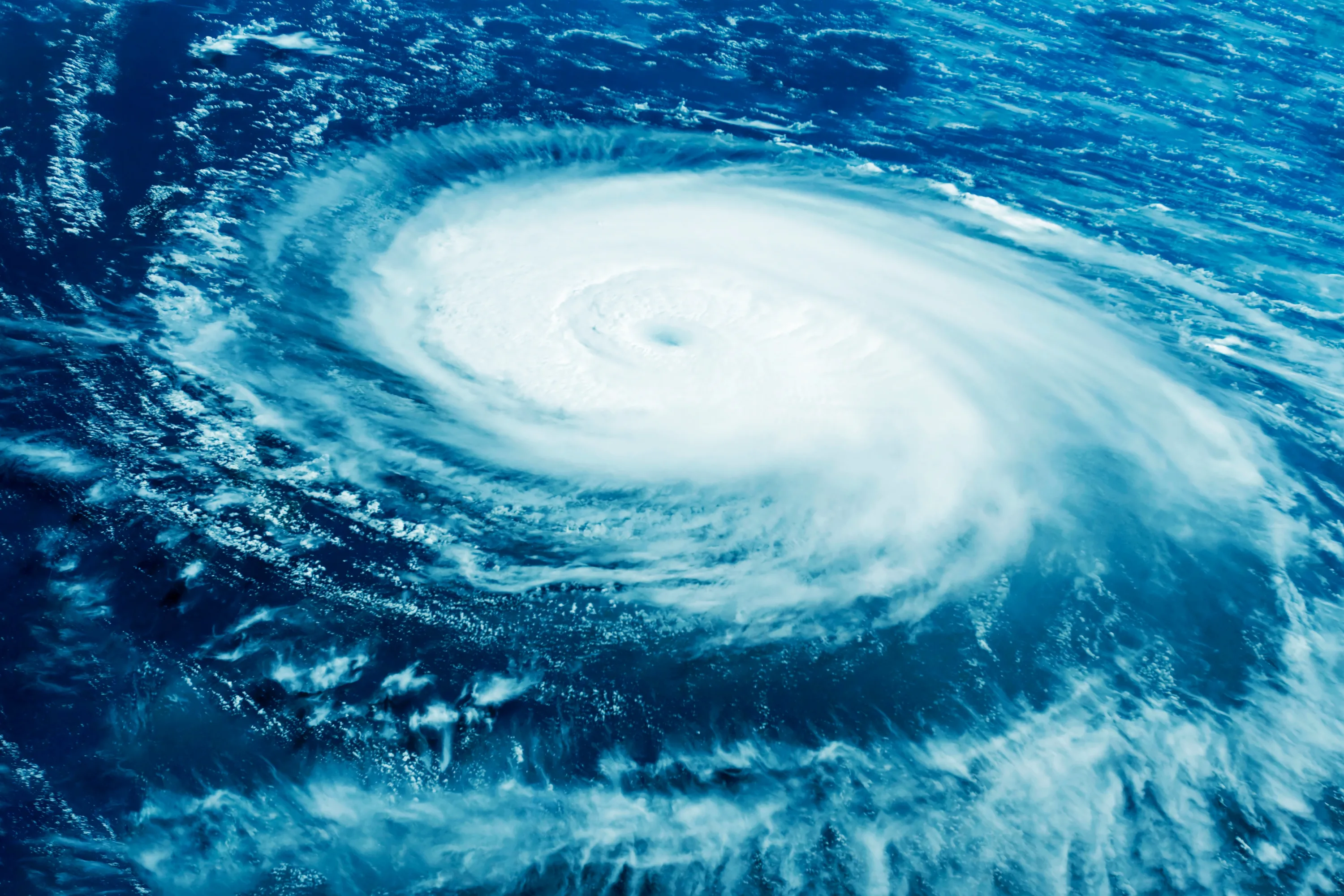
Every year, there are wildfires across the United States usually taking place during wildfire season, which is roughly July to November. As many as 90% of wildfires are sparked by people, including unattended campfires, burning of debris, downed power lines, lit cigarettes and arson.
The rest can be caused by lightning or lava and exacerbated by drought. According to a 2023 wildfire risk analysis, 4 million American homes were identified as being at high or extreme risk of wildfire, while 49 million are at minor risk.
Learning more about the worst wildfires in American history can help you prepare for what’s to come.
The Impact of Climate Change
In the past 20 years, there have been more wildfires and more severe wildfires than ever before not just in the U.S, but also worldwide. In fact, the number of large wildfires in the western United States has doubled between 1984 and 2015 with no signs of letting up.
Climate change is creating warmer, drier conditions with vast areas of drought. Dry organic matter is more likely to catch fire, allow the fire to spread more easily and make wildfires harder to control. In addition, warmer temperatures have contributed to the spread of pests like the mountain pine beetle, which weakens and kills trees and literally adds fuel to the fire. Since temperatures worldwide are continuing to climb, we can expect to see more large wildfires in the future.
Here are the largest wildfires in U.S. history, all of which happened in the last eight years.
1. 2021 Bootleg Fire
This fire started on July 6 and was fully contained on August 15, 2021. It burned 413,765 acres in and around Fremont-Winema National Forest, which is about 250 miles south of Portland, Oregon. A total of 408 buildings were destroyed by the fire, including 161 houses and 247 outbuildings. The fire also destroyed 342 vehicles. More than 2,100 people were ordered to evacuate.
This fire was so large that it sometimes created its own weather system of pyrocumulus clouds made up of moisture from burned vegetation. In addition to the original fire, these fire-induced storms and high winds sparked new fires through lightning. It, along with several other fires across the western U.S. caused the smoky haze that has reached as far as New York City.
2. 2020 Pearl Hill Fire
The Pearl Hill Fire began September 7, 2020, in Douglas County near Bridgeport, Washington. It was ignited by a separate fire, the Cold Springs Fire in Okanogan County to the north. Fire officials believe the Cold Springs Fire was sparked by humans. The burned area was massive: 223,730 acres or 337,000 including the Cold Springs Fire damage. During the same Labor Day weekend, another 56 fires were started in Washington.
Firefighters had a hard time containing the fire because it was moving so fast and kept changing directions so they couldn’t get ahead of it. One fire crew nearly was overtaken by it and had to shelter in their truck and let the fire burn around them. The wind and smoke made it unsafe to use aircraft to fight the blazes.
Although an evacuation order was issued, many residents found it impossible to leave because the roads were closed due to low visibility from the smoke, ash and dust. The front of the fire also kept shifting, closing off escape routes.
3. 2020 East Troublesome Fire
The East Troublesome Fire started October 14, 2020, in Grand County, Colorado in the Arapaho National Forest. The initial cause of the fire is still unknown, but by October 22nd, it had hopped across Highway 125, crossed the Continental Divide and reached Rocky Mountain National Park and Estes Park, burning 187,964 acres. Drought, trees felled by beetles and high winds fueled the spread.
As over 35,000 people were placed under mandatory evacuation orders, Coloradans caught a break. A winter storm from October 24th to 26th lowered the temperature and brought snow that dampened the fire. By the time the fire was fully contained on November 30th, 193,812 acres were destroyed and 366 homes and other buildings were destroyed or damaged. Thankfully, no one died.
4. 2018 Camp Fire
The Camp Fire started November 8, 2018, in Butte County, California. It was the deadliest and most destructive fire in California’s history, burning 153,336 acres, destroying nearly 19,000, and killing 86 people. The Camp Fire was ignited by a spark from a PG&E utility line near the community of Pulga. There may also have been a second ignition point nearby. Strong, dry winds picked up embers and sent them into the drought-ravaged surroundings as they ignited at a speed of 80 football fields per minute.
As the inferno spread, desperate residents of the nearby city of Paradise, California tried to evacuate. But since everyone was trying to leave at once and the fire was spreading along the roads and causing some vehicles to explode, the result was gridlock. As panicked residents fled burning cars, firefighters urged them to run toward an intersection where five fire trucks formed a barrier that protected about 100 people and dozens of dogs and cats. Other firefighters gathered people to hide from the flames inside some empty, newly constructed buildings while they battled the fire mere steps away. Finally, after 17 days, the firefighters got the Camp Fire under control. Almost 90% of the homes in Paradise were destroyed.
5. 2017 Tubbs Fire
The Tubbs Fire killed 22 people, scorched around 36,800 acres and destroyed over 5,600 buildings in Napa and Sonoma Counties in California. Although it was initially blamed on PG&E equipment, the California Department of Forestry and Fire Protection investigation found that the actual cause was electrical equipment on private property. The fire, which began on October 8, 2017, was one of more than 170 fires that burned more than 382 square miles in Northern California’s wine country.
The fire started around 9:43 PM in a sparsely populated area north of Santa Rosa and spread south at a rate of 50 miles per hour. In about three hours, it reached the city of Santa Rosa, which suffered the most damage. Ironically, in addition to decimating the city, the fire also destroyed a brand new, $4 million firehouse.



